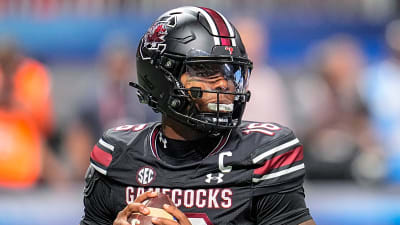- Home
- Quizzes
- My Quiz Activity
- Newsletters
- MY FAVORITES
- Add Sports/Teams
- SPORTS
-
NFL
- NFL Home
- Arizona Cardinals
- Atlanta Falcons
- Baltimore Ravens
- Buffalo Bills
- Carolina Panthers
- Chicago Bears
- Cincinnati Bengals
- Cleveland Browns
- Dallas Cowboys
- Denver Broncos
- Detroit Lions
- Green Bay Packers
- Houston Texans
- Indianapolis Colts
- Jacksonville Jaguars
- Kansas City Chiefs
- Las Vegas Raiders
- Los Angeles Chargers
- Los Angeles Rams
- Miami Dolphins
- Minnesota Vikings
- New England Patriots
- New Orleans Saints
- New York Jets
- New York Giants
- Philadelphia Eagles
- Pittsburgh Steelers
- San Francisco 49ers
- Seattle Seahawks
- Tampa Bay Buccaneers
- Tennessee Titans
- Washington Commanders
-
MLB
- MLB Home
- Athletics
- Arizona Diamondbacks
- Atlanta Braves
- Baltimore Orioles
- Boston Red Sox
- Chicago White Sox
- Chicago Cubs
- Cincinnati Reds
- Cleveland Guardians
- Colorado Rockies
- Detroit Tigers
- Houston Astros
- Kansas City Royals
- Los Angeles Angels
- Los Angeles Dodgers
- Miami Marlins
- Milwaukee Brewers
- Minnesota Twins
- New York Yankees
- New York Mets
- Philadelphia Phillies
- Pittsburgh Pirates
- San Diego Padres
- San Francisco Giants
- Seattle Mariners
- St. Louis Cardinals
- Tampa Bay Rays
- Texas Rangers
- Toronto Blue Jays
- Washington Nationals
-
NBA
- NBA Home
- Atlanta Hawks
- Boston Celtics
- Brooklyn Nets
- Charlotte Hornets
- Chicago Bulls
- Cleveland Cavaliers
- Dallas Mavericks
- Denver Nuggets
- Detroit Pistons
- Golden State Warriors
- Houston Rockets
- Indiana Pacers
- Los Angeles Clippers
- Los Angeles Lakers
- Memphis Grizzlies
- Miami Heat
- Milwaukee Bucks
- Minnesota Timberwolves
- New Orleans Pelicans
- New York Knicks
- Oklahoma City Thunder
- Orlando Magic
- Philadelphia 76ers
- Phoenix Suns
- Portland Trail Blazers
- Sacramento Kings
- San Antonio Spurs
- Toronto Raptors
- Utah Jazz
- Washington Wizards
-
NHL
- NHL Home
- Anaheim Ducks
- Boston Bruins
- Buffalo Sabres
- Calgary Flames
- Carolina Hurricanes
- Chicago Blackhawks
- Colorado Avalanche
- Columbus Blue Jackets
- Dallas Stars
- Detroit Red Wings
- Edmonton Oilers
- Florida Panthers
- Los Angeles Kings
- Minnesota Wild
- Montreal Canadiens
- Nashville Predators
- New Jersey Devils
- New York Islanders
- New York Rangers
- Ottawa Senators
- Philadelphia Flyers
- Pittsburgh Penguins
- San Jose Sharks
- Seattle Kraken
- St. Louis Blues
- Tampa Bay Lightning
- Toronto Maple Leafs
- Utah Mammoth
- Vancouver Canucks
- Vegas Golden Knights
- Washington Capitals
- Winnipeg Jets
- NCAAF
- NCAAM
- Olympics
- Boxing
- Entertainment
- Lifestyle
- Golf
- MMA
- Soccer
- Tennis
- Wrestling
- Sports Betting
- More Sports
- RESOURCES
- My Account
- YB on Facebook
- YB on Twitter
- YB on Flipboard
- Contact Us
- Privacy Policy
- Terms of Service
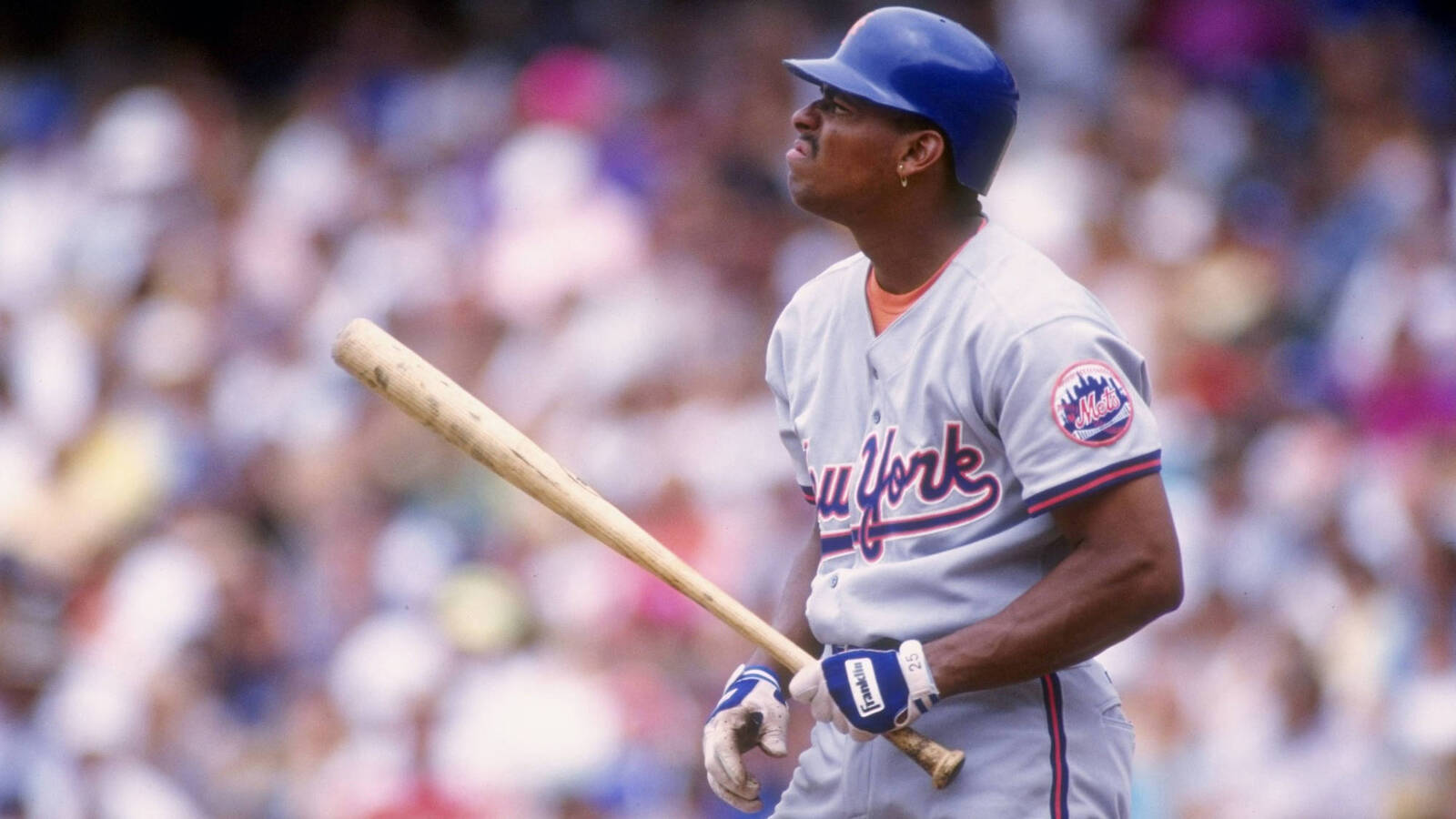
Bobby Bonilla and the other strangest deferred-money contracts in sports
July 1 is collectively known as Bobby Bonilla Day in major league baseball, the day when the New York Mets cut a check to Bobby Bonilla for $1.19 million, part of a 25-year deferred payment schedule. Bonilla is the most famous of many high-profile athletes who signed strange and elaborate contracts with payments shoved far into the future — the Orioles and Nationals are currently dominating this field — but the practice goes back decades, which is appropriate, since these payments extend for decades. Whether it's smart financial planning, readjustments due to bankruptcies or a sports owner falling for a Ponzi scheme, there are crazy long contracts and inexplicable deferrals in every sport. Let's look at 32 of these deals — one for every year the Mets will write a post-retirement check to Bobby Bo.
Bobby Bonilla
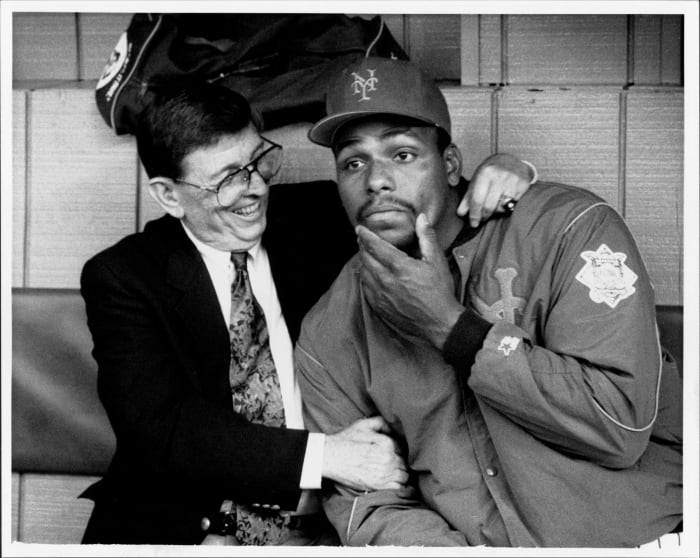
Bobby Bonilla is the poster boy for ill-considered salary deferrals, but he actually had two with the New York Mets. The first comes from his first go-round with the club. He signed a record-setting contract in 1992 that set up payments of $500K per year from 2004-2023. Because Bonilla was traded to Baltimore midway through the deal, the Orioles and Mets split the money. The famous one came when the Mets bought out Bonilla’s $5.9 million salary for 2000. They used some of the money to add Mike Hampton, and made it to the World Series, but the real motivation was to use the savings to invest more money with Bernie Madoff. Oops. As a result, Bonilla got his money 10 years later, spread over 25 years, at an 8 percent interest rate. Which means the Mets will cut a $1.19 million check every July 1 until 2035, when Bonilla will be 72 years old.
Bruce Sutter

When Bruce Sutter signed with the Braves before the 1985 season, he agreed to a deal for six years and $9.1 million. Each year, his Braves “salary” of $750,000 was just an interest payment on the money, roughly 8 percent interest, which means he still got paid in 1989 and 1990 despite being retired. Then for 30 years, the Braves have been on the hook for $1.12 million every year, and in 2022, when Sutter is 69 years old, they owe him a balloon payment of that $9.1 million. All in all, it’s over $47 million for a pitcher who delivered just 40 saves for a team that averaged 96 losses per season.
Ichiro Suzuki
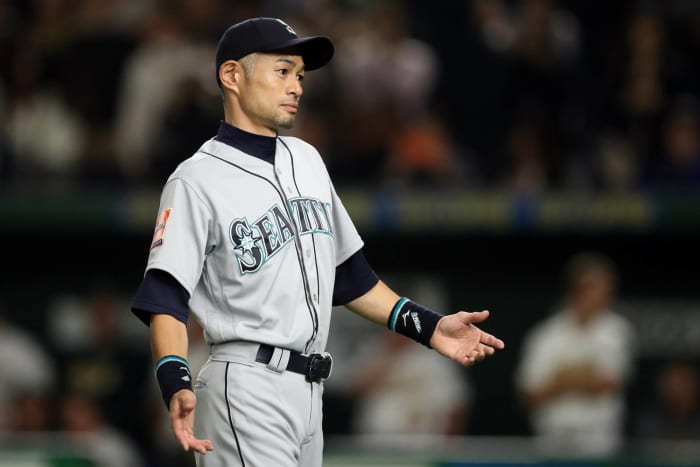
Not only is he a wizard with the bat, but Ichiro Suzuki also is a wizard with finances. He deferred $7 million from his original deal with the Mariners and $5 million per year from his 2008-12 contract, at 5.5 percent interest, until 2020. It’s the financial planning equivalent of choking up on the bat. That means that until the season restarted, Ichiro was poised to be the highest-paid player in baseball, He’ll still be the Mariners’ highest-paid outfielder and receive the fourth-highest salary on the team this year, and Seattle will be paying him through 2032.
Mario Lemieux
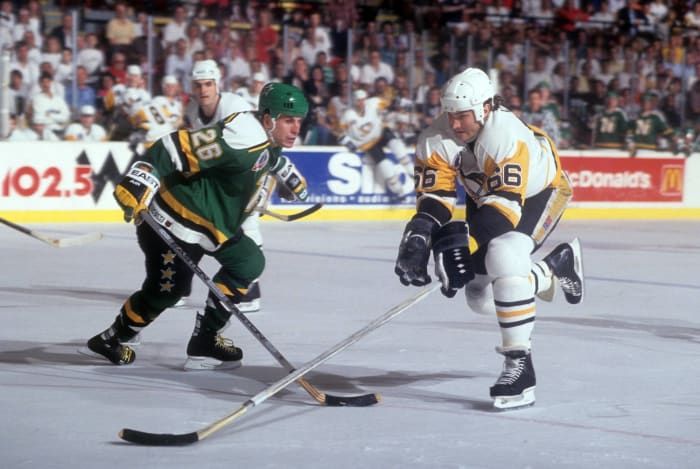
The Pittsburgh Penguins of the 1990s were a dominant, star-filled hockey team but lacked the financial resources to pay all those stars. So they deferred a lot of player salaries, most notably that of star Mario Lemieux, who was owed $32.5 million at the time the owners declared bankruptcy — the team’s largest individual creditor. He converted $20 million of that owed money into team equity and added $5 million to become the team’s controlling owner, acting as chairman, president and CEO. Lemieux also returned to the ice in 2000, helping the team’s flagging attendance. Eventually the Penguins paid back all their creditors, and Lemieux won three Stanley Cups as an owner to go with his two as a player.
Ken Griffey, Jr.
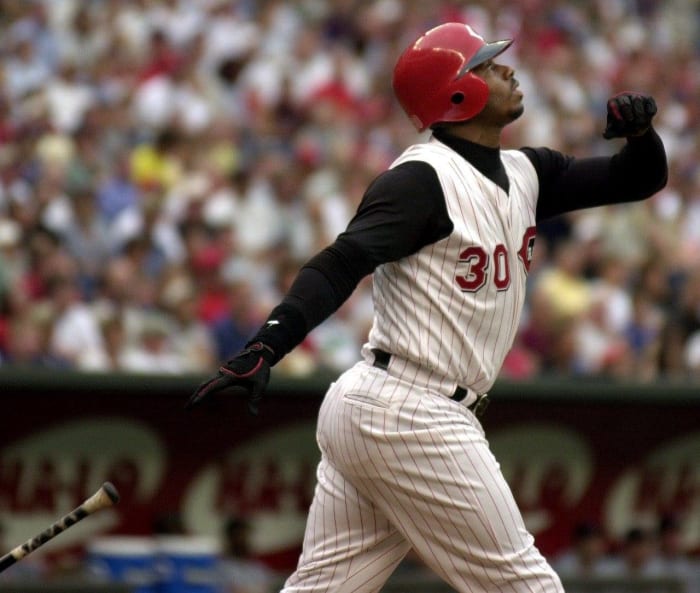
Ken Griffey, Jr. really wanted to play in his hometown of Cincinnati, so much so that he took less money than the Seattle Mariners offered and deferred $12 million of his salary until after his nine-year deal ended. As a result, Griffey is still making just over $3 million every year through 2024 (payments started in 2009), more than five times what dissident slugger Pete Alonso was to earn in 2020. With the short season and Alonso’s pro-rated salary, it’s more like 14 times as much.
Chris Davis

When the Orioles gave Chris Davis a seven-year deal for $161 million in 2016, they deferred $42 million over 15 years, meaning Davis will be getting checks until he’s 51. Unfortunately for Baltimore, Davis almost immediately cratered at the plate, hitting .168 and .179 in the last two seasons. The Orioles now owe him over $54 million until 2022, then $3.5 million from 2023-2032 and finally $1.4 million per year 2033-37. It might be the worst contract in baseball history, and it still has 17 years to go.
Josh Smith
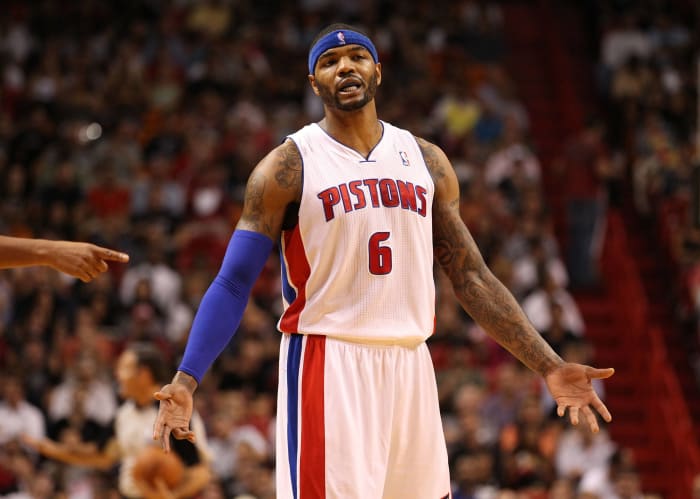
Josh Smith signed with the Detroit Pistons in 2013, and let’s just say it really didn’t work out. He got $54 million for four years but lasted only 105 games, just over a year. And then the Pistons cut him outright, meaning they owed him the balance of his contract while he played elsewhere. To compound the issue, the Pistons used the stretch provision, lowering the annual cost but ensuring that Smith was still getting an annual $5.3 million through this season — three years after his last NBA game and six years after he last played for Detroit.
Alex Cobb
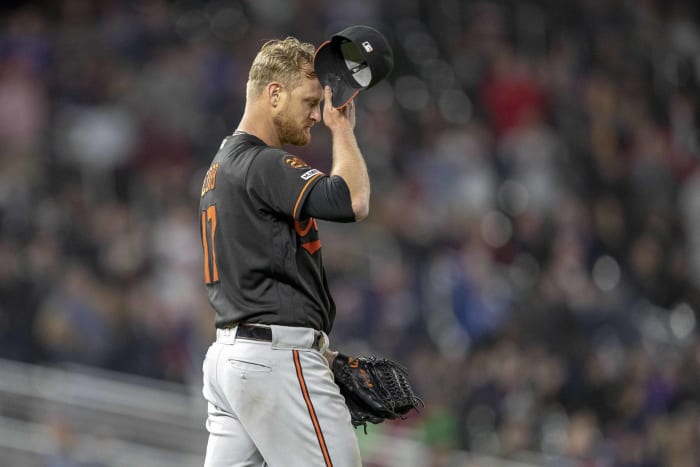
The Orioles are on the hook for a ton of future obligations beyond Davis. Alex Cobb deferred $20 million from his four-year, $57 million deal, and he’ll be getting $1.8 million every Nov. 30 from 2023-32. And since he’s extremely unlikely to pitch 130 innings in 2020, he’ll also have $5.5 million more deferred until 2033-35. The Orioles also will be paying Andrew Cashner until 2021, Mark Trumbo through 2022, and Darren O’Day through 2023. They’re also still paying Ubaldo Jimenez, J.J. Hardy, and Yovani Gallardo this year. Maybe that’s a reason why the Orioles lost 108 games last year.
Rick DiPietro
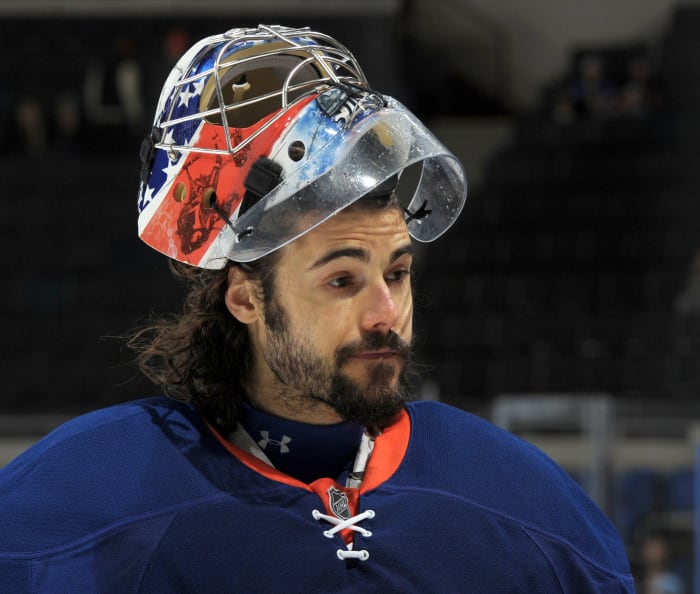
The New York Islanders signed goalie Rick DiPietro to a record 15-year contract back in 2006, just before his 25th birthday. Unlike a lot of long-term NHL deals of that time, it wasn’t even cap circumvention — he got $4.5 million every season for the 15 years. Unfortunately DiPietro suffered a series of injuries, to his hips, to his knees, and even a broken jaw in an ultra-rare goalkeeper fight. By 2013, the Islanders decided on a compliance buyout – two-thirds of his remaining salary for twice the remaining length, meaning they’ll be paying DiPietro for 23 years: $1.5 million per year until 2029, when he’s 48.
Bret Saberhagen
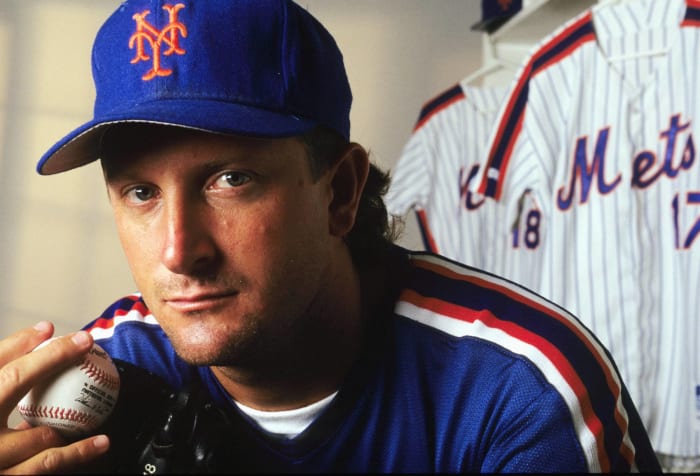
While Bobby Bonilla is the more famous long-term Mets salary obligation, pitcher Bret Saberhagen was the original. When he negotiated an extension in 1993, he insisted on two things: a signing bonus of $2.5 million and then payments of $250,000 a year for 25 years. They started in 2004 and last until 2028 when Saberhagen will be 63. Pretty good deal for Saberhagen, who got 25 years of payments from a contract where he won 21 games.
Kevin Garnett
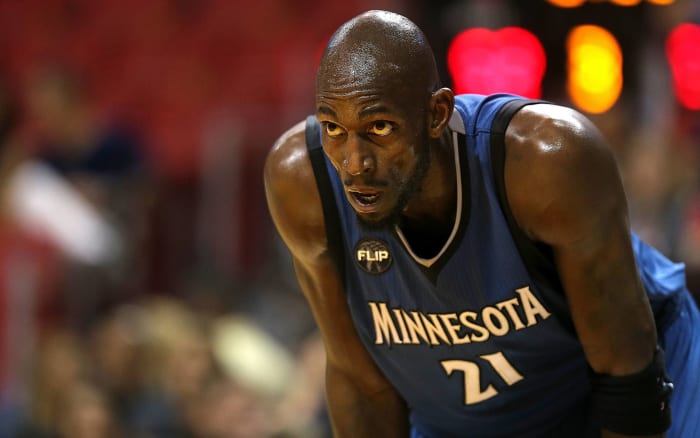
“Uncut Gems” star Kevin Garnett can afford to experiment with acting, since he’s getting $5 million per year in deferred salary from the Celtics. His deal gave him $35 million over the seven years after his retirement in 2016, so Boston will be paying him through 2024. Oh, and he also collected $8 million for the 2016-17 season when he played zero games for Minnesota.
Johan Santana
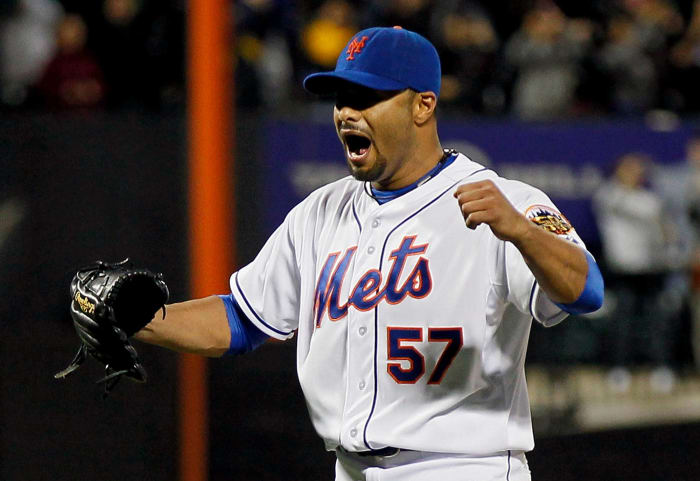
When Johan Santana pitched the first no-hitter in Mets history, in 2012, it also may have ended his career. After missing all of the 2011 season, he threw 134 pitches in his no-no and then pitched to an 8.27 ERA in the last 10 starts of the season (and his career). The Mets paid him $37.3 million after the injury, including a buyout, but they also owed him $5 million, at 1.25 percent compound interest, seven years after each year of the deal. So at least 2020 is the last year for one of the Mets’ long deals.
Zach Randolph

Zach Randolph has deferred significant portions of his contracts two separate times, starting with his six-year, $84 million Blazers deal in 2004. Z-Bo deferred 30 percent ($25 million) until 2012-17 when he was starring for the Memphis Grizzlies. He also signed a four-year deal for $66 million in 2011 and deferred almost $10 million, roughly 25 percent. If that wasn’t enough belated compensation, he collected his $12 million salary for 2018-19 without playing in a single game.
Wayne Gretzky
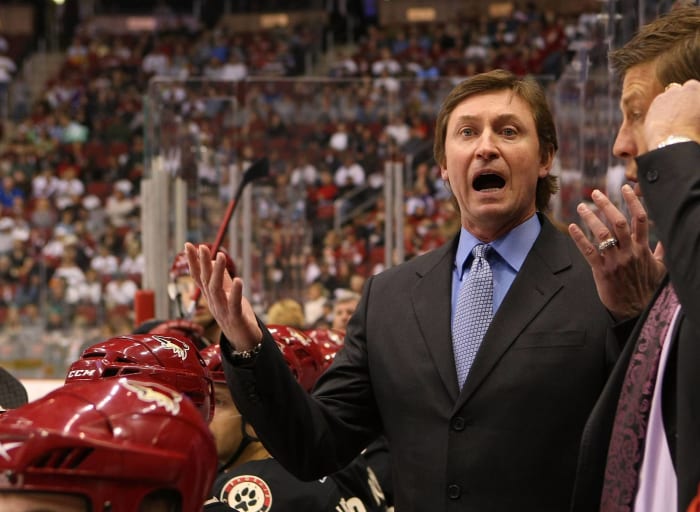
Wayne Gretzky’s time as coach of the Phoenix Coyotes wasn’t particularly successful, but the management of the club’s holding company was even worse. The club filed for bankruptcy in 2009, the NHL took over operations and Gretzky was forced to wait for the remainder of his coaching contract. It took him four years, but eventually the NHL settled for $8 million. The Great One could have held out for more, but you miss 100 percent of the settlements you don’t take.
Alex Rodriguez
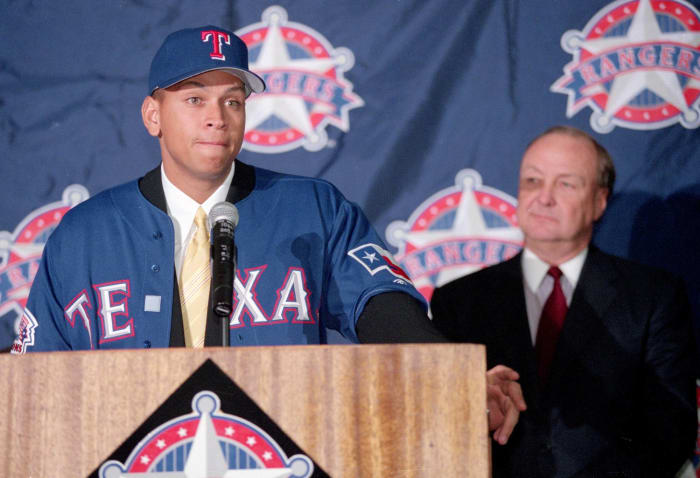
When Alex Rodriguez signed his massive free agent deal with Texas in 2001, he deferred $45 million until 2011-20 at 3 percent annual interest. He also let Texas split his $10 million dollar signing bonus into $2 million per year increments — but then that was deferred again after his trade to the Yankees, so he got it (with interest) from 2016-25. It’s not a surprise that A-Rod is currently trying to buy the New York Mets, since both parties are quite familiar with long-term salary deferrals.
Todd Helton
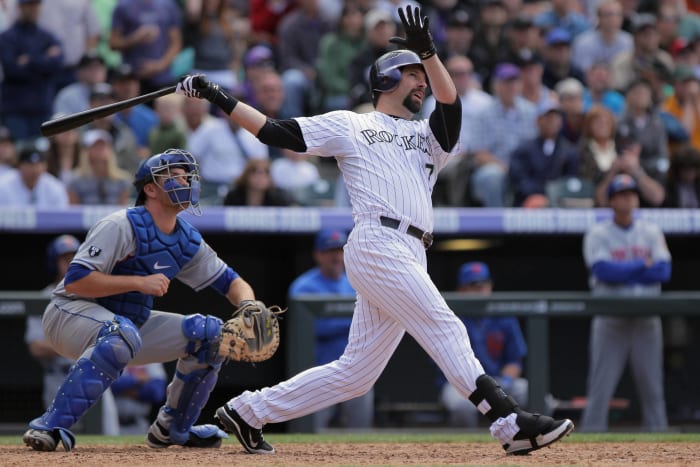
The Rockies reworked the final years of Todd Helton’s giant contract, giving him $9.9 million for his age-39 and -40 seasons, while he deferred $13.1 million over 10 years. So until 2023, Helton’s getting $1.31 million each year, plus 3 percent annual interest. Not bad for Peyton Manning’s old backup quarterback
Steve Young
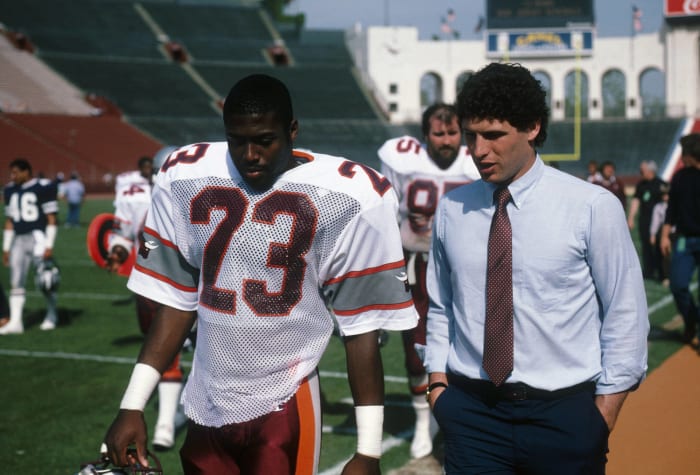
Out of college, Steve Young signed a contract with the Los Angeles Express that would have paid him $40 million over 43 years. He got $6.2 million in signing bonus and actual salary and then would have been paid around $32 through an annuity from 1990-2027. Unfortunately, the owner of the Express was going broke by 1985, so much so that Young had to personally pay a bus driver to take them to one game and line up at tailback because the Express had no money to replace injured players. Young eventually settled the annuity for $1.4 million, presumably figuring it was better than what he’d get after bankruptcy proceedings.
Darryl Strawberry
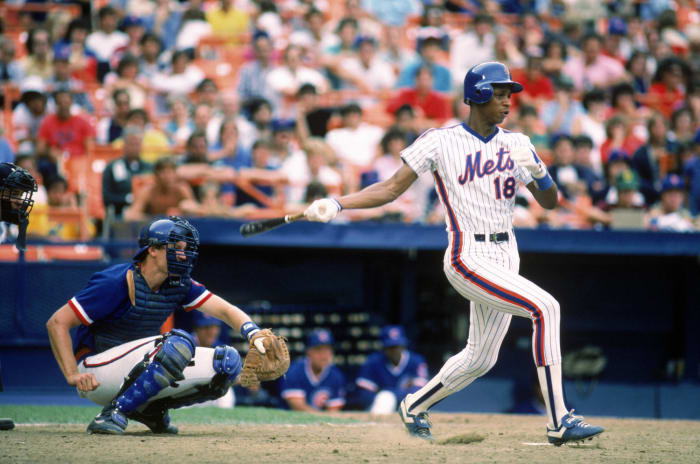
The first of the Mets’ many salary deferrals came in 1985, when they deferred 40 percent of Darryl Strawberry’s 1990 contract for a retirement annuity paid out at a 5.1 percent interest rate. The original $700,00 turned into $1.64 million, spread out from 2004 to 2033. Unfortunately, Strawberry’s tax problems meant the annuity was eventually seized by the IRS and auctioned off in 2014.
Jacob deGrom
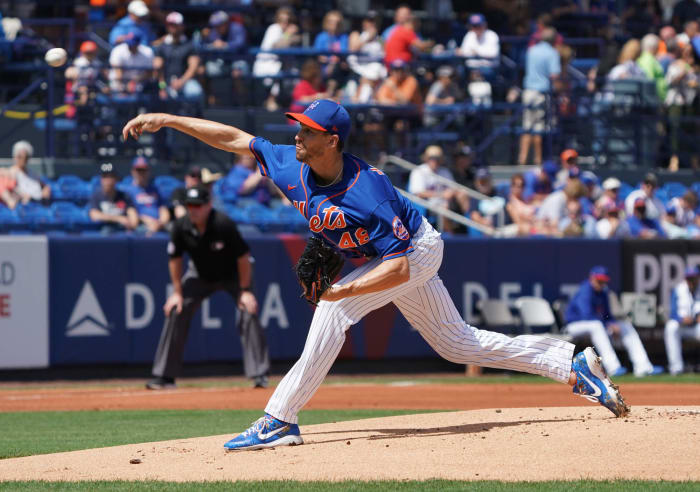
Look, the New York Mets are simply in love with belated payments. Jacob deGrom’s five-year extension signed in 2019 deferred $52.5 million until 2035-39. He didn’t defer the Cy Young Award though, winning his second straight in 2019. And the upcoming 60-game season makes the deferral look even smarter because the 2020 money deGrom gets at age 51 won’t be prorated one bit.
St. Louis Spirits
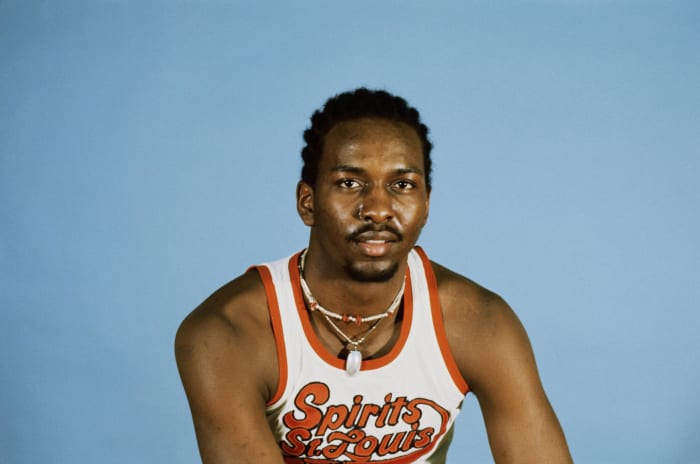
The Silna brothers owned the St. Louis Spirits at the time of the ABA-NBA merger, when the NBA absorbed the Nets, Spurs, Pacers and Nuggets. Of the remaining franchises, the Virginia Squires folded and the Kentucky Colonels took a $3M buyout, but the Silnas held out. In return for allowing the merger, they got paid $2.2 million, plus one-seventh of the broadcast TV revenues from each of the four teams joining the NBA. That worked out to 57 percent of a normal share, and they got it in perpetuity. They racked up over $300 million before the NBA finally bought them out in 2014, for something like $500 million more. Of course, like the Mets, they lost a big chunk of that money investing with Bernie Madoff. The best deal came for their lawyer, Donald Schupak, who got 10 percent — roughly $1.45 million — every year, just for putting the deal together.
Babe Ruth
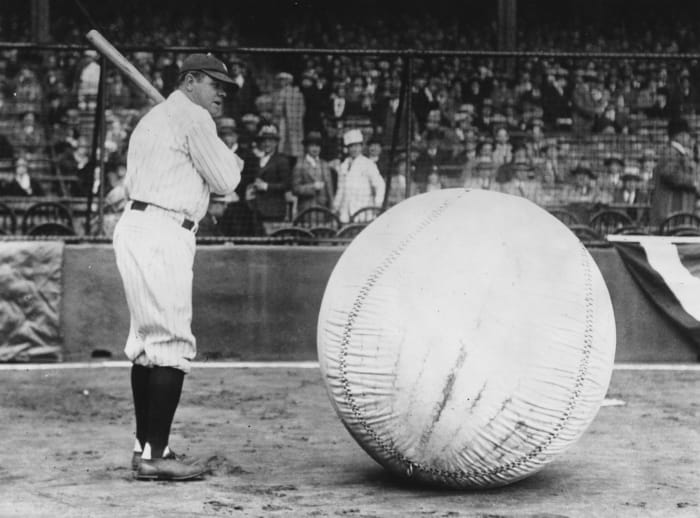
The Babe was notorious for spending his money as fast as he earned it, but his business manager, Christy Walsh, stepped in with a compromise early in his career. The Babe could spend his baseball salary as he wished, but the money from endorsements, barnstorming games and the Babe’s personal appearances went to Walsh’s office for saving. Ruth ended up buying an annuity through another Hall of Famer, Harry Heilmann, who worked as an insurance agent in the offseason, and ended up riding out the Depression as the Sultan of Savings, the Rajah of Retirement Planning.
Matt Holliday
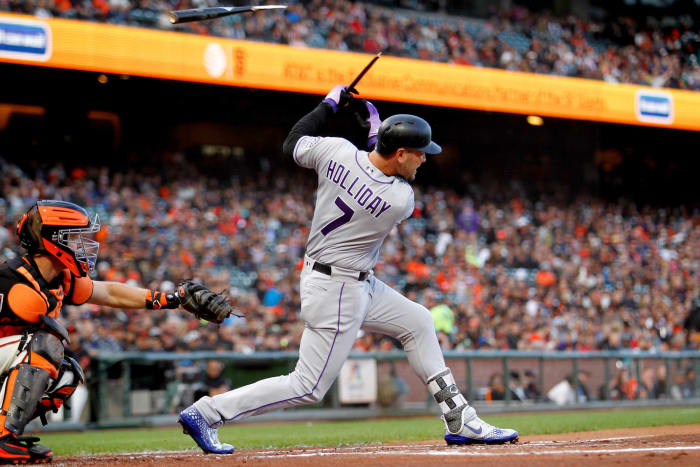
When Matt Holliday re-signed with the St. Louis Cardinals in 2010, his deal was for seven years and $120 million - with $2 million of that money deferred each season without interest. It led Holliday and his agent, Scott Boras, to claim he was getting $17 million per year, and it gave the Cardinals extra salary flexibility. As a result, starting this year, Holliday will get $1.4 million every year through 2029 — 13 years after he played his last game for St. Louis.
Max Scherzer
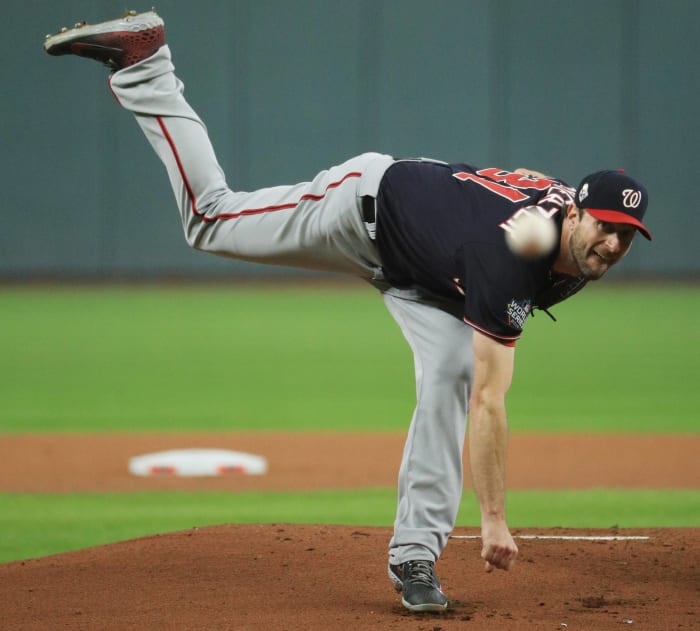
The Nationals love deferring salary, which they did with Scherzer’s seven-year, $210 million deal he signed in 2015. It turned out to be a bargain, as Scherzer won two Cy Youngs and a World Series, finishing second, third and fifth, respectively, in the Cy voting in the other three years. It’s also a bargain because the salaries from 2019-21 were all deferred, splitting his $105 million into seven $15 million installments to be paid between 2022-28.
Stephen Strasburg
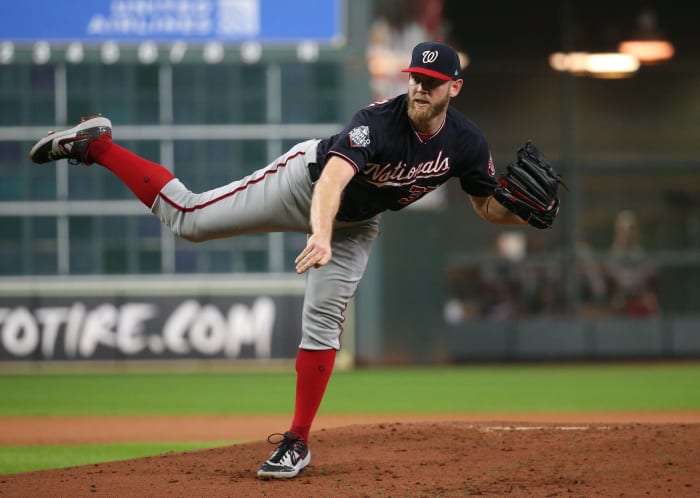
The 2017 Astros’ title was built on spy cameras and garbage can banging, but the Nationals’ 2019 title was built on deferred money. World Series MVP Stephen Strasburg is deferring $11.4 million of his annual $35 million salary at 1 percent interest from 2027-29, meaning Washington will pay the Scherzer-Strasburg duo over $42 million not to pitch in 2027 and 2028. The Nationals are also paying Daniel Murphy $3 million this year and will give former catcher Matt Wieters $5 million in 2021.
Chris Sale
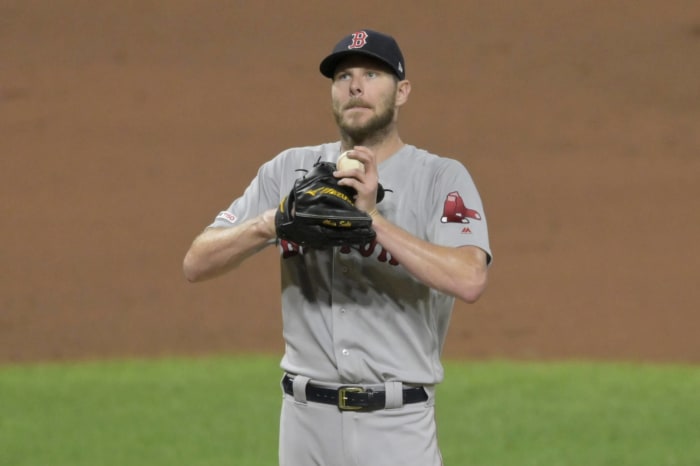
The Red Sox gave Chris Sale a big-money extension in 2019, keeping him out of the free agent market with a five-year, $145 million deal. Considering Sale is out for 2020 and most of 2021 with Tommy John surgery, the deal would sting a lot more for Boston if he hadn’t deferred $50 million. Sale gets $10 million of the deal 15 years after it was earned, so from 2035-39. Sale’s contract led to luxury tax concerns that encourage Boston’s trade of David Price and Mookie Betts, but some of that money will be haunting them financially until Sale is 50 years old. The Sox will also be giving former MVP Dustin Pedroia $2.25 million each year from 2021-28.
Manny Ramirez
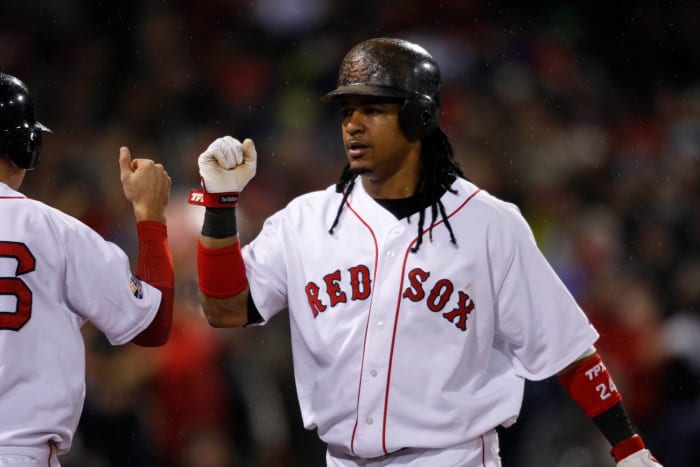
The Sox will also be paying Manny Ramirez until he’s 54, thanks to $32 million in deferred money they’re paying out over 16 years. They started paying $2 million per year in 2011 and will continue until 2026, 18 years after they traded him to the Dodgers. The Dodgers also paid Manny long after he was released on waivers in 2010. Thanks to deferred money, he collected $3,333,333 in 2011 and 2012, plus $8,333,333 in 2013, with those payments surviving the bankruptcy of parking lot king Frank McCourt. That means Manny made over $10 million in salary two years after his career had officially ended.
Andruw Jones
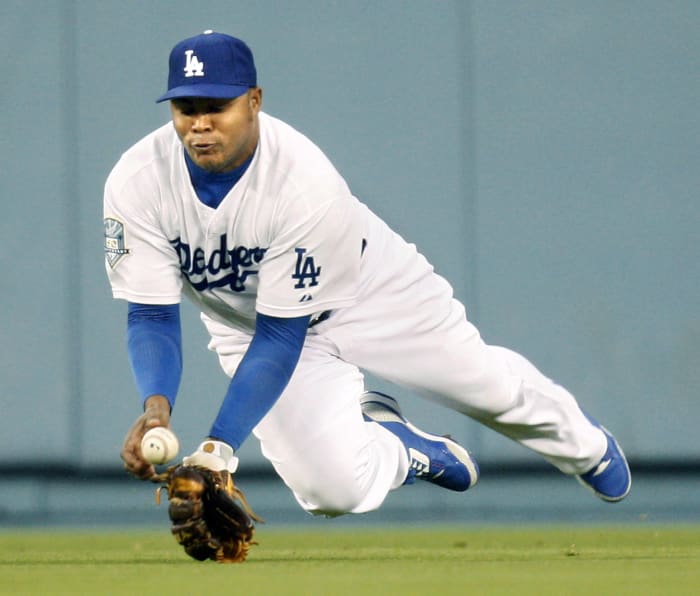
Speaking of bad McCourt era signings, the Dodgers gave Andruw Jones $9 million to sign and $12 million to play in 2008, when he showed up overweight, tore his meniscus and hit .158 in just 75 games. That’s $7 million per home run! They released him after that season but paid him $3.2 million every year through 2014. Jones bounced back enough to play decently through 2012 and even made an additional $3.5 million from the Yankees his last two years.
Spencer Haywood

Spencer Haywood signed with the ABA’s Denver Rockets after one year of college, but his $1.5 million contract was severely deferred: He got $75,000 per year for 20 years, starting at age 40. Haywood couldn’t get a guarantee on what would happen if the Rockets folded, so he jumped to the Supersonics for a $1.5 million contract that paid out over 15 years. After a lawsuit, the courts threw out the NBA’s “four year rule” (you couldn’t be drafted until your college class graduated), so Haywood changed the whole league as the first one-and-done player. Haywood also reportedly turned down an offered 10 percent stake in Nike in favor of an endorsement contract of 100K, which would have been the ultimate deferred payment.
Rafael Soriano
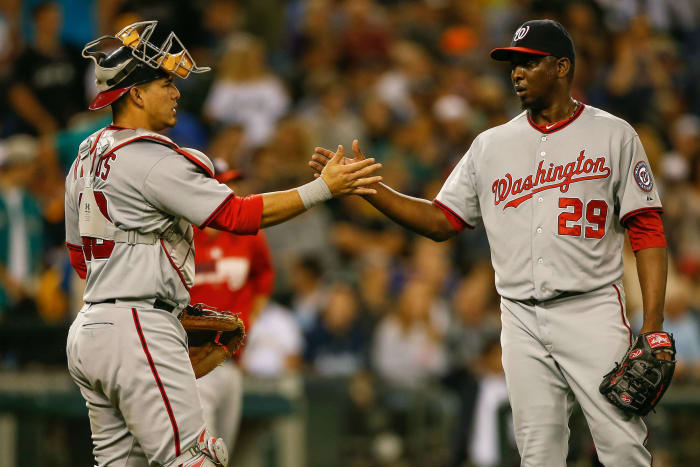
Soriano joined the Washington Nationals after a 42-save season with the Yankees in 2012. He signed for two years and $28 million — but half of the money was paid out in $2 million increments from 2018-2024. It would have been $3 million per year, but despite racking up saves, Soriano fell just short of finishing enough games to automatically vest his 2015 option.
Albert Pujols

When Albert Pujols jumped from the St. Louis Cardinals to the Los Angeles Angels of Anaheim, part of the deal was a ten-year, $10 million personal services contract with the team that kicks in after his retirement, or the expiration of his deal. Let’s guess it’s retirement; even though he’s been bad for three years, it’s doubtful he’ll walk away from the $30 million owed him in 2021.
Ryan Zimmerman
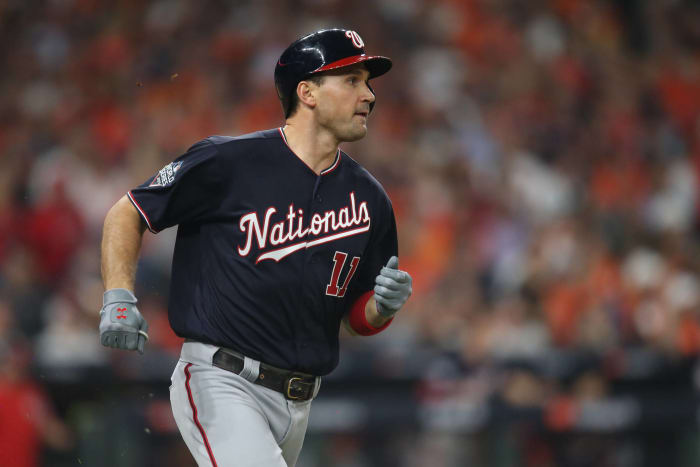
Though he’s less famous than Pujols, Ryan Zimmerman has an even sweeter deal with Washington, a $10 million post-retirement personal services contract that pays out over five years. We’re guessing that most of those services involve smiling and waving to fans.
Ryan Braun
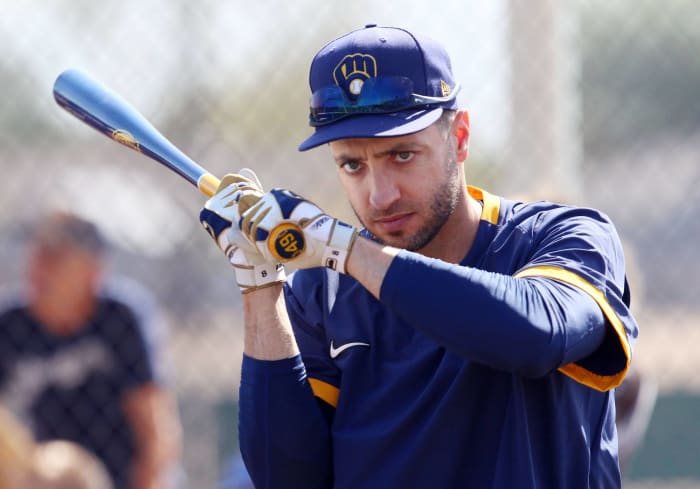
Ryan Braun’s chance at long-term success seemed in grave doubt when in 2013, he admitted to taking PEDs during his MVP season of 2011. But due to $18 million in deferred money from an extension signed in 2011, Braun will be getting $1.8 million every year from 2022-31. When doctor warn about the long-term side effects of steroids, they’re usually not talking about a retirement plan, but that seems to be the case for Braun.
Sean Keane is a sportswriter and a comedian based in Oakland, California, with experience covering the NBA, MLB, NFL and Ice Cube’s three-on-three basketball league, The Big 3. He’s written for Comedy Central’s “Another Period,” ESPN the Magazine, and Audible. com
More must-reads:
- World Series Game 4 takeaways: Blue Jays' big inning evens series, Shane Bieber outduels Shohei Ohtani
- World Series takeaways: Shohei Ohtani’s historic night sets stage for Freddie Freeman’s 18th-inning walk-off
- The 'World Series walk-off home runs' quiz
Breaking News
Trending News
Customize Your Newsletter
 +
+
Get the latest news and rumors, customized to your favorite sports and teams. Emailed daily. Always free!
PRIVACY POLICY EDITORIAL POLICY CONTACT US
ABOUT YARDBARKER TERMS OF SERVICE
Use of this website (including any and all parts and
components) constitutes your acceptance of these
Terms of Service and Privacy Policy.
This site is for entertainment purposes only.
There is no gambling offered on this site.
Gambling Problem? Call 1-800-Gambler.



